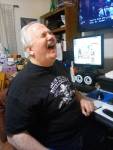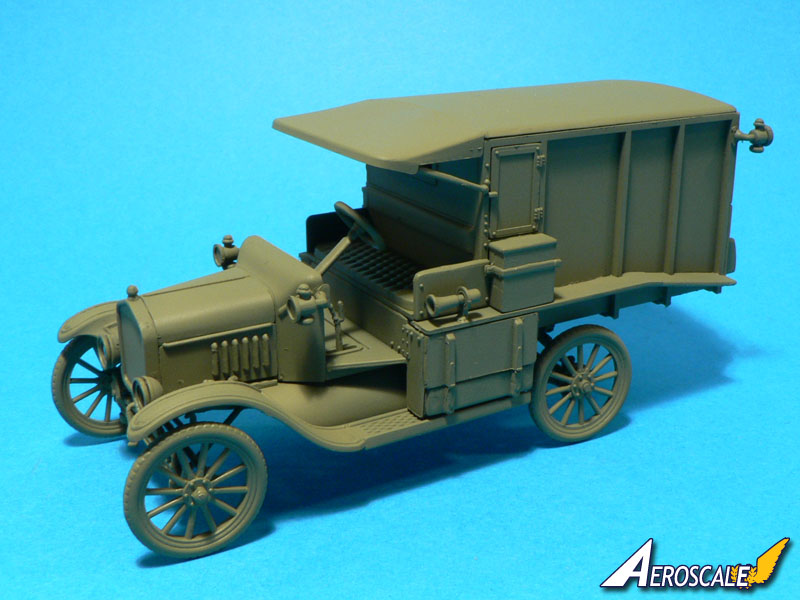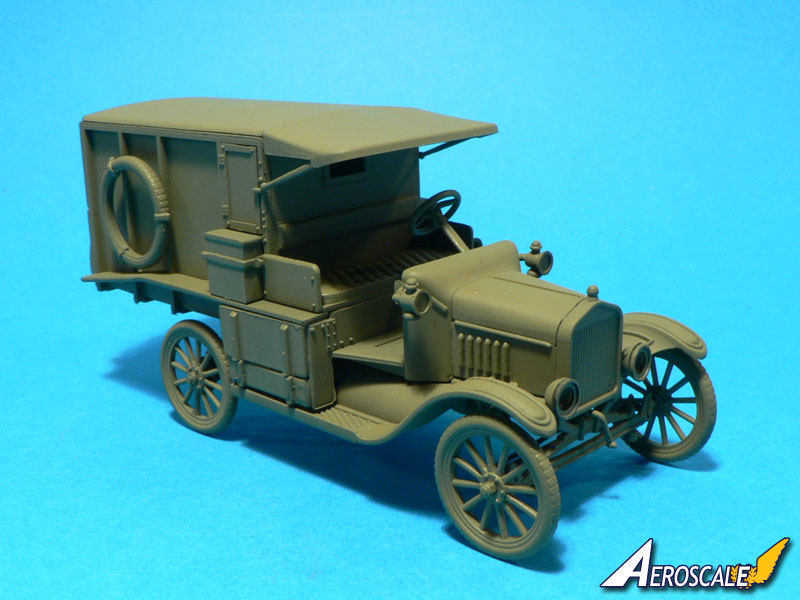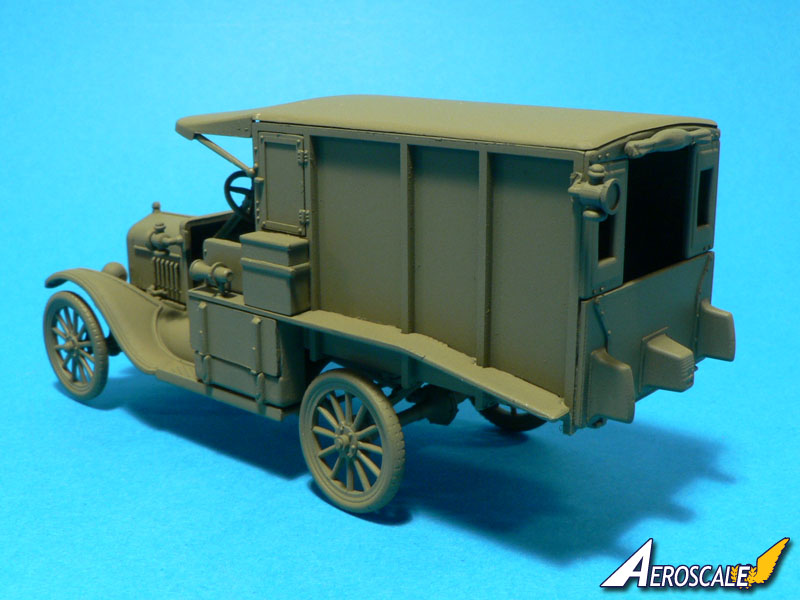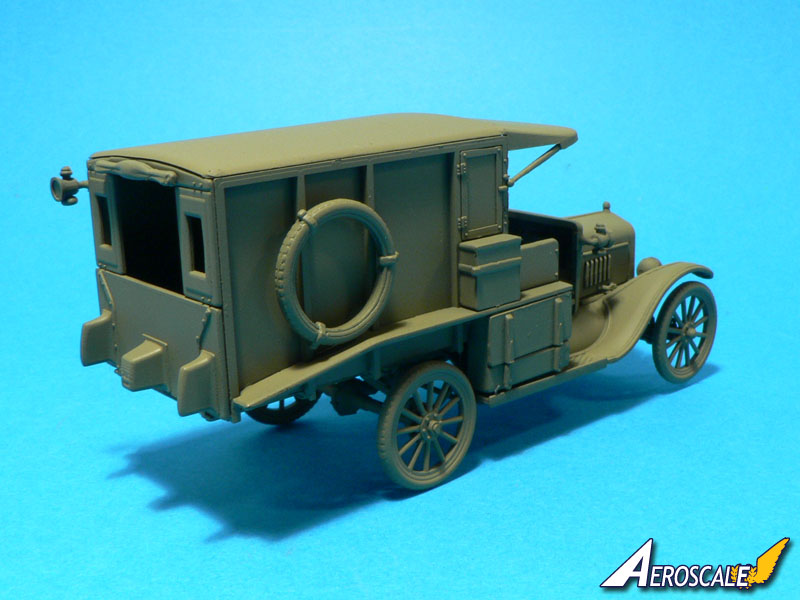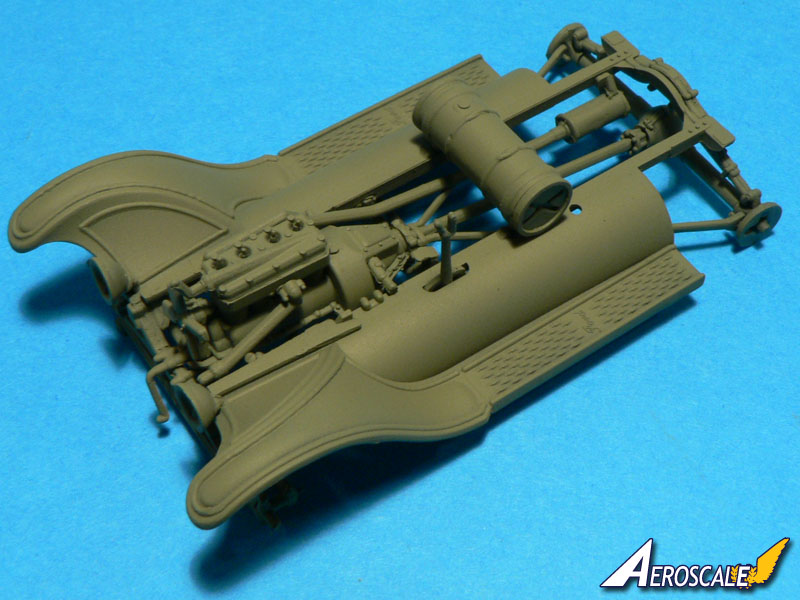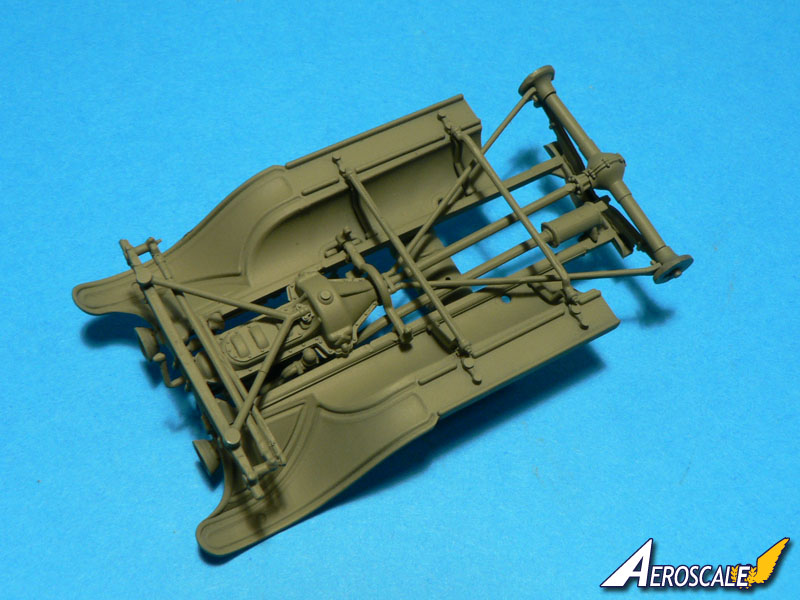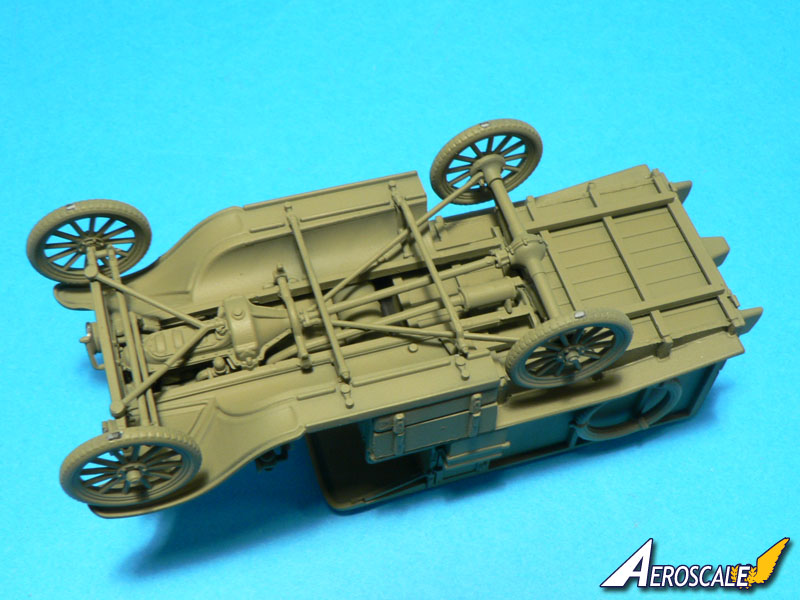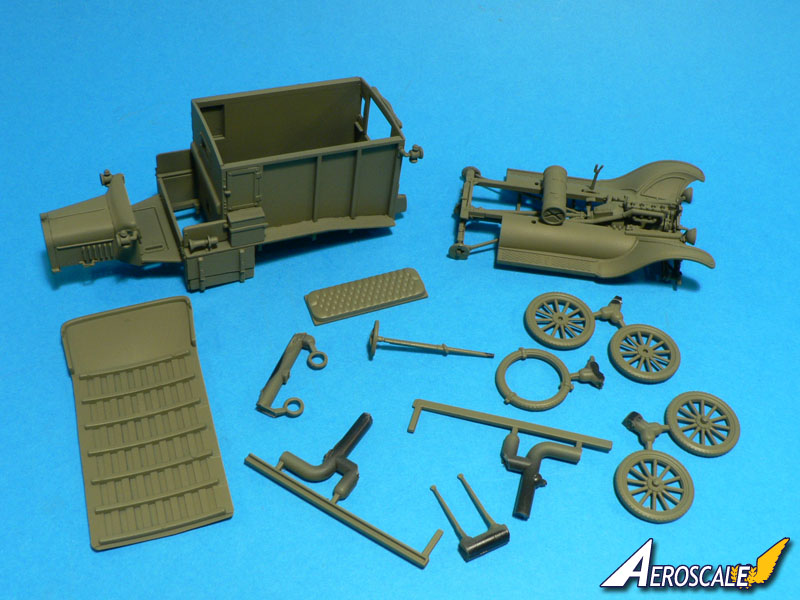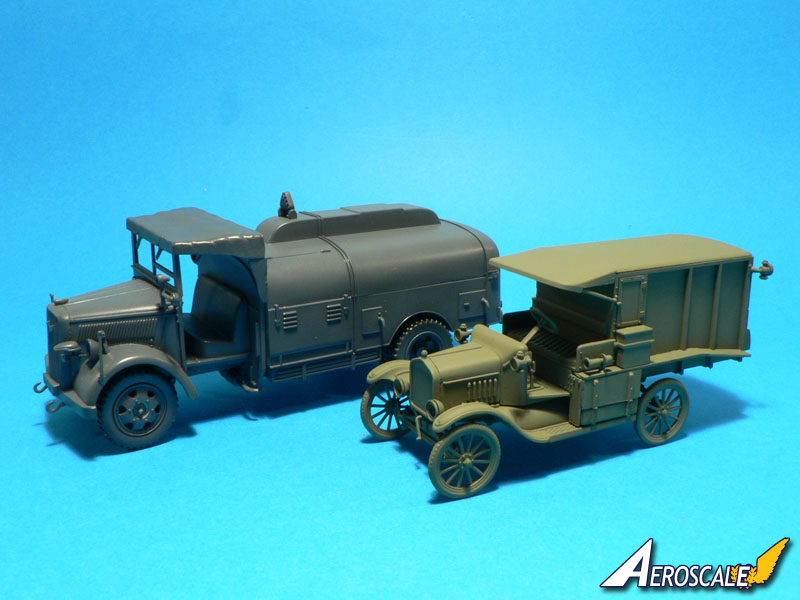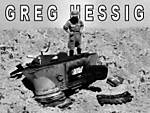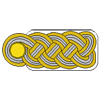Here is a bit of fun on the allied ambulance corps. Often they were private contracted companies that the various govt. paid and the red cross licensed. For their license the private company paid the red cross. The drivers were employed by the private companies but wore the uniforms of the army that the company was in contract with.
It would be common to see a driver in a british tunic and wearing French insignia or helmets.


"This is a driver for the Norton-Harjes Motor Ambulace Corps. This was a smaller group of American volunteers that functioned like the much larger American Field Service. The AFS was more autonomous while the Norton-Harjes units worked under the guise of the American Red Cross. After the US declared war most of the Norton drivers refused to join the US Army as ambulance drivers (they would be relegated to mere privates while in the volunteer service they held a rank similar to a Warrent Officer) so most joined the French British or US Army as officer canidated with a heavy leaning towards the air services. Many Lafayette Flying Corps guys started out as volunteers with the AFS or Norton-Harjes units. The N-H drivers were a select group and not many pictures survive.
They wore British - inspired uniforms often of officer quality. The Norton units had theirs supplied for them by the best tailors in Paris and London. The insignia is French Army, the red flaming 'A' on a horizon blue field on the collar is for the motor services. The round device on the cap would be a red cross on white with a blue border with the wording 'American Red Cross Motor Volunteer Ambulance' or something similar depending on the date issued. They usually wore French field equipment including helmets because they were most always serving the French troops. A special American badge for the US volunteers was made for the Adrian helmet but mostly the men just used a helmet with what ever insignia the unit they were attached to used.
The button on the jacket shows the Red-Cross-Insignia, too. Most probably the breast pocket ones also. This would fit to the nowadays Red Cross regulations for the official 'Uniform'.
The French Army issued all those volunteers with arm bands with the red cross just like they issued to thier own medical services in the French Army. The Norton-Harjes units had a thin band of horizon blue on the top and bottom edges of theirs. However, although you sometimes see pictures of the men wearing them, it looks like more often than not they just left them off. These drivers rarely went so close to the front where they could risk capture, but close enough to be shelled and killed by artillery."
Medics stayed in the field and the drivers transported the stabilized wounded to the rear areas for further treatment.


